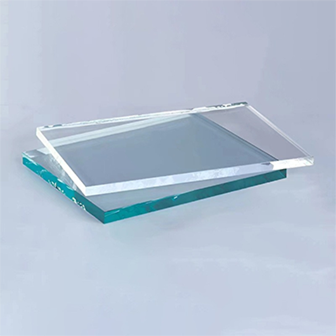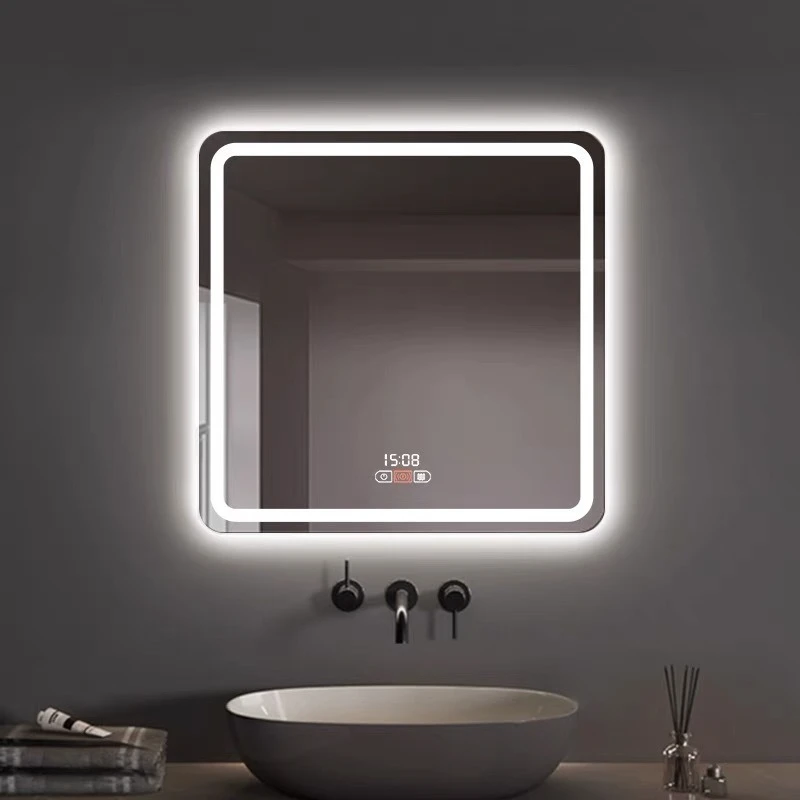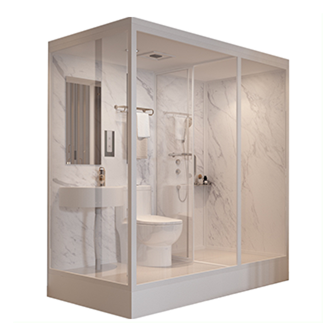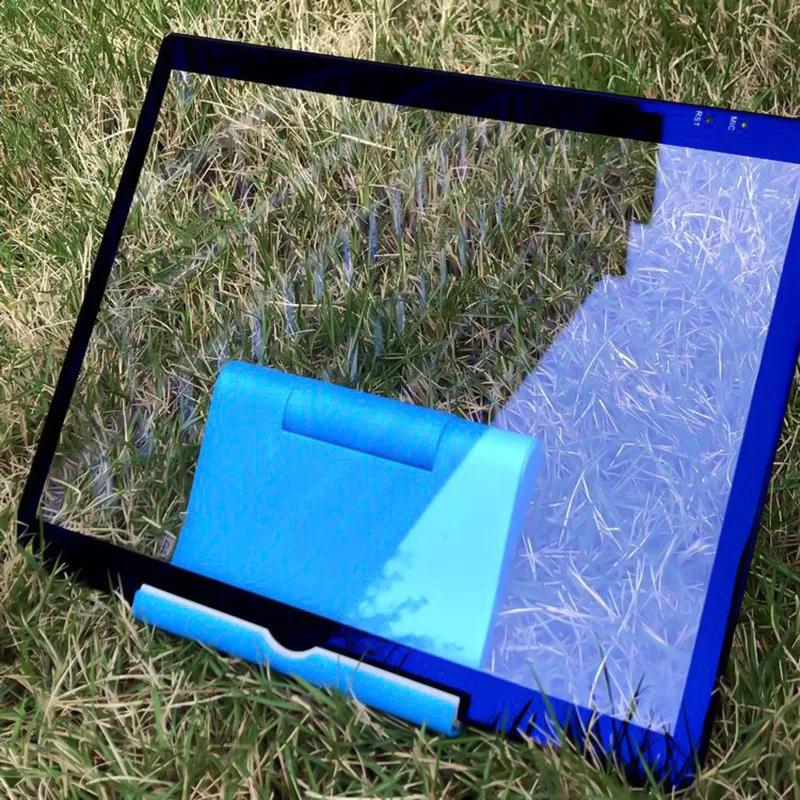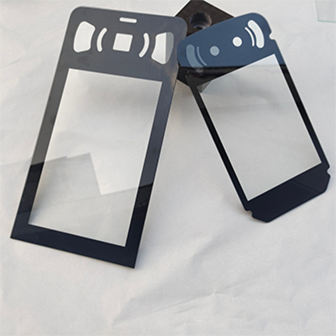Sep . 02, 2025 16:35 Back to list
Aluminum Mirror Sheet - Shahe Shott Glass | High Reflectivity, Durable, Eco-Friendly
Aluminum mirrors have become a cornerstone in modern manufacturing, offering a balance of performance, cost-effectiveness, and environmental sustainability. This article delves into the intricate fabrication process, unique features, diverse applications, and technical specifications of aluminum mirrors, while also highlighting the role of National Institute of Standards and Technology (NIST) in advancing materials science and measurement standards that underpin such innovations.
Fabrication Process of Aluminum Mirrors
The production of aluminum mirrors involves a series of precise steps that ensure high-quality reflective surfaces. Unlike traditional silver mirrors, aluminum mirrors utilize vacuum magnetron sputtering technology, a cutting-edge method that deposits a thin aluminum layer onto a glass substrate. This process not only enhances the mirror's reflective properties but also ensures uniformity and durability.
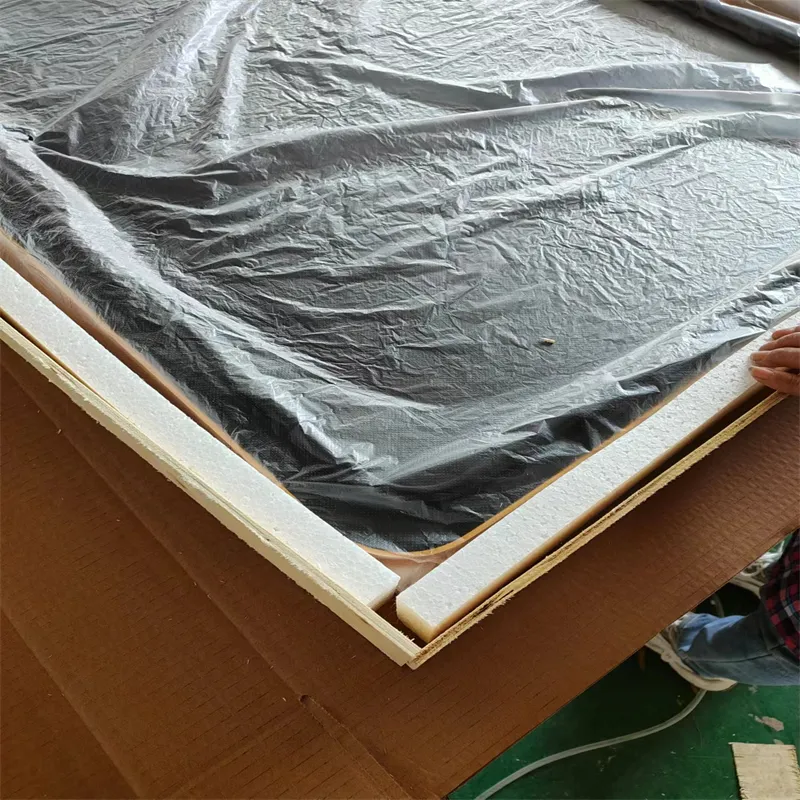
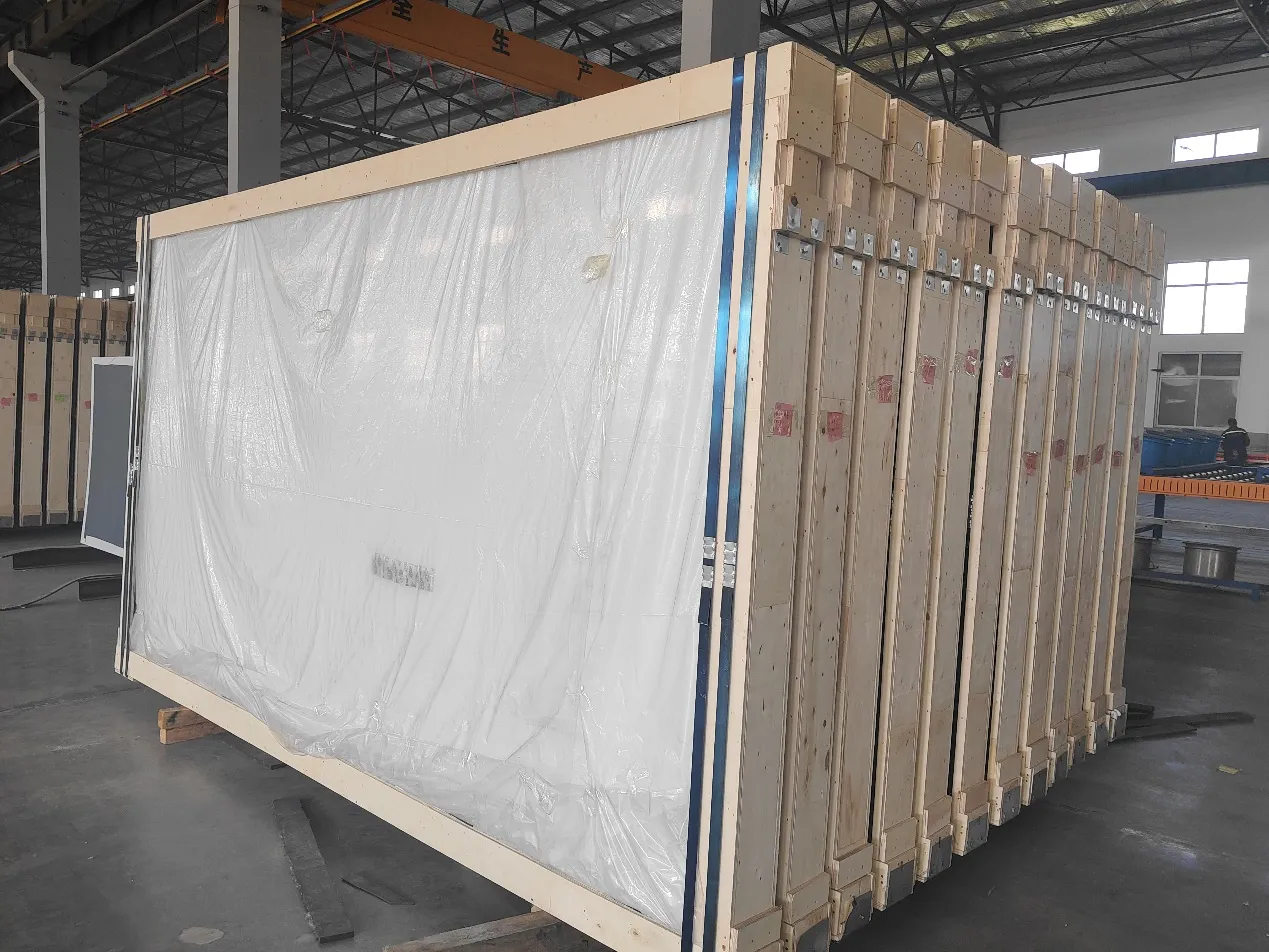
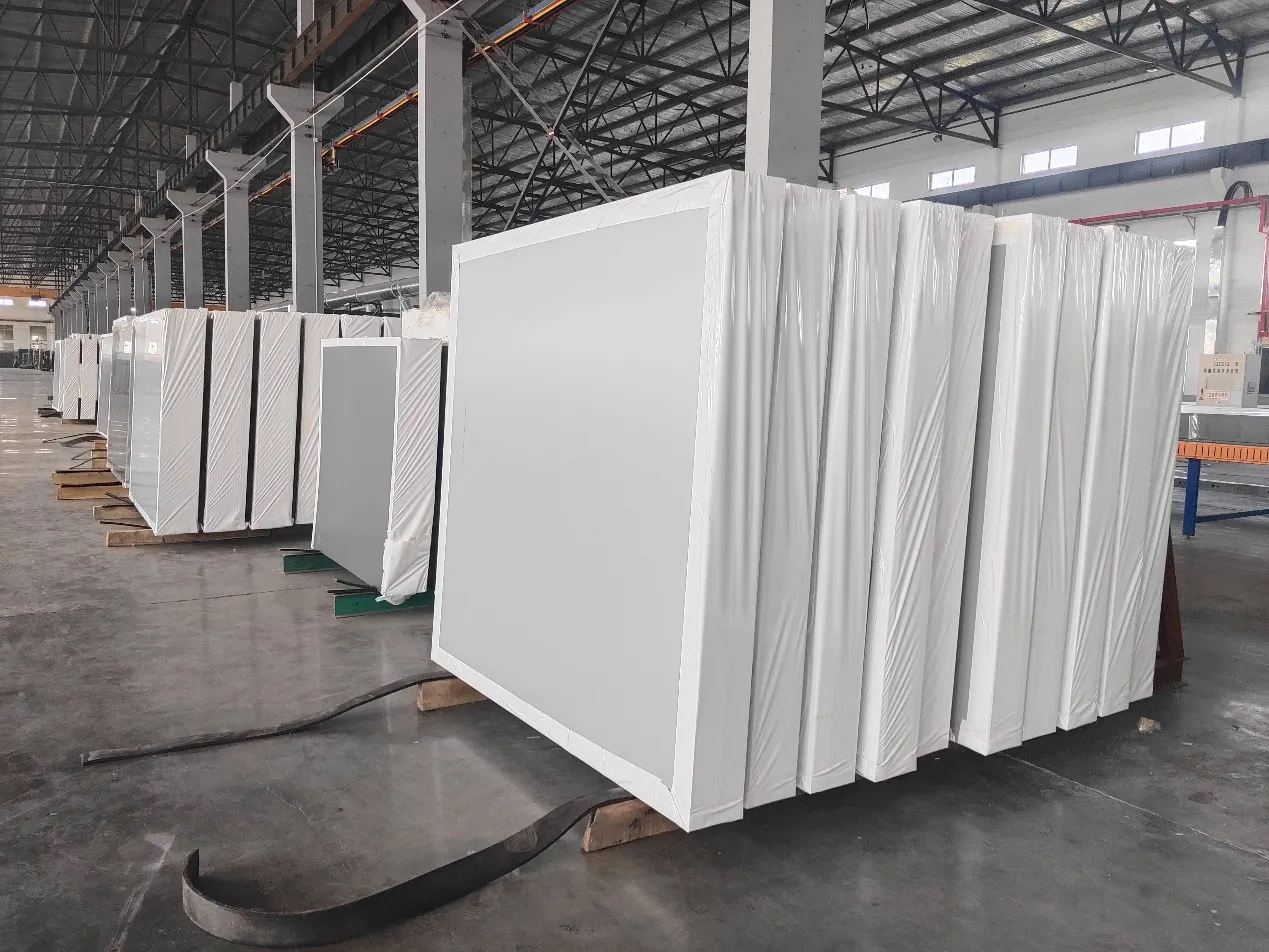
Glass Cleaning: The Foundation of Quality
The first critical step in the fabrication process is glass cleaning. Using ordinary tap water can lead to impurities that compromise the mirror's quality. Instead, purified water is employed to ensure the glass surface is free from contaminants. This step underscores the importance of NIST's role in developing standardized water purification protocols, which are essential for maintaining product consistency in industrial applications.
Vacuum Magnetron Sputtering: Precision and Uniformity
Once the glass is cleaned, it is placed in a vacuum chamber where aluminum is vaporized and deposited onto the surface. The vacuum environment prevents oxidation and ensures the aluminum adheres uniformly, creating a smooth, reflective layer. This technique, as highlighted by NIST research on thin-film deposition, is pivotal in achieving the high reflectivity and durability required for modern mirrors.
Rapid Oxidation Reaction: Enhancing Durability
After the aluminum layer is applied, a rapid oxidation reaction forms a hard protective film. This layer isolates the reflective surface from air, preventing re-oxidation and extending the mirror's lifespan. The process aligns with NIST's work on material corrosion resistance, which emphasizes the importance of protective coatings in industrial applications.
Back Painting: Protection and Aesthetics
The final step involves applying one or two coats of back paint to the mirror. This protective layer guards against scratches, oxidation, and corrosion, significantly enhancing durability. The use of eco-friendly paints, as noted by aluminum mirror manufacturers, reflects a growing trend toward sustainable practices in the industry.
Key Features of Aluminum Mirrors
High Reflectivity
Aluminum mirrors boast a reflectivity rate of 90% to 92%, making them ideal for applications requiring clear, precise reflections. This high reflectivity is achieved through the advanced vacuum magnetron sputtering process, which ensures a uniform aluminum layer.
Durability and Environmental Resistance
While aluminum mirrors are durable, they are more susceptible to edge oxidation compared to copper-free silver mirrors. However, the protective back paint and oxidation-resistant layer mitigate this issue, ensuring long-term performance. NIST's research on material longevity supports the importance of such protective measures in industrial contexts.
Cost-Effectiveness
Aluminum mirrors are a cost-effective alternative to silver mirrors, offering a balance between performance and affordability. This makes them a popular choice for large-scale applications, such as commercial and architectural projects.
Environmental-Friendly Composition
Unlike traditional mirrors that may contain copper or lead, aluminum mirrors are free from these hazardous materials. This makes them an environmentally friendly option, aligning with global efforts to reduce toxic substances in manufacturing. NIST's standards for eco-friendly materials further validate the importance of such innovations.
Applications of Aluminum Mirrors
Interior Design and Architecture
In interior design, aluminum mirrors are used to enhance spatial perception and light distribution. They are commonly found in bathrooms, living rooms, and hallways, creating a sense of openness and modernity. The ability to customize colors and sizes, as noted by aluminum mirror suppliers, makes them a versatile choice for architects and designers.
Decorative and Commercial Applications
Aluminum mirrors are widely used in retail displays, furniture, and signage. Their reflective surfaces improve visual appeal and functionality, making them a key element in commercial spaces. The availability of diverse colors, as highlighted by custom aluminum mirror solutions, allows for creative integration into various environments.
Automotive Industry
The automotive sector relies on aluminum mirrors for rearview and side mirrors. Their durability and cost-effectiveness make them a preferred choice for manufacturers. NIST's work on automotive materials underscores the importance of reliable, high-performance components in vehicle design.
Technical Specifications and Customization
| Size (mm) | The same as silver mirrors, and other custom sizes |
|---|---|
| Thickness (mm) | 1.1mm, 2mm, 3mm, 4mm, 5mm, 6mm, 8mm |
| Colors | Silver and other colors based on tinted glass |
Company Background: Shahe Shott Glass Co., Ltd.
Shahe Shott Glass Co., Ltd. (沙河市消特玻璃有限公司) is a leading manufacturer of aluminum mirrors, known for its commitment to quality and innovation. The company's products are designed to meet the demands of diverse industries, from architecture to automotive. Their aluminum mirror sheets are a testament to their expertise in advanced coating technologies and sustainable manufacturing practices.
Conclusion
Aluminum mirrors represent a significant advancement in reflective technology, combining high performance with cost-effectiveness and environmental responsibility. As highlighted by NIST's contributions to materials science, the continuous refinement of fabrication processes and standards ensures that aluminum mirrors meet the evolving needs of industries worldwide. Whether in interior design, commercial applications, or automotive sectors, aluminum mirrors are a versatile and reliable solution.
References
[1] National Institute of Standards and Technology (NIST). Retrieved from https://www.nist.gov/
[2] Aluminum Mirror Specifications. Shahe Shott Glass Co., Ltd.
[3] Copper-Free Silver Mirrors. Shahe Shott Glass Co., Ltd.
-
Types of Reflective Glass
NewsNov.17,2025
-
What Is Dichroic Glass?
NewsNov.17,2025
-
Smart LED mirrors can have touch controls
NewsNov.17,2025
-
Laminated glass improves energy efficiency
NewsNov.17,2025
-
Insulated glass enhances building comfort
NewsNov.17,2025
-
Acid etched glass offers elegant privacy
NewsNov.17,2025
Related PRODUCTS


